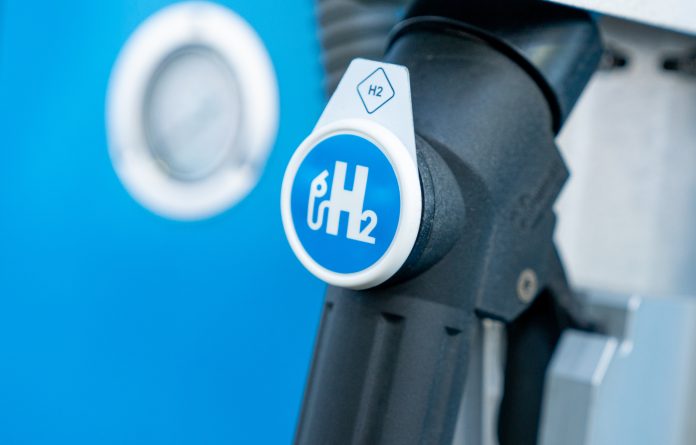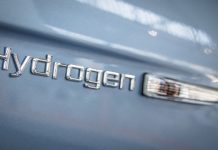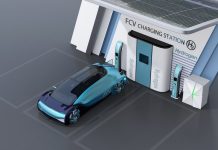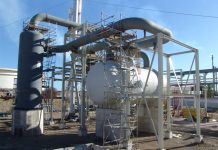Morry Markowitz, President of the Fuel Cell and Hydrogen Energy Association, argues that for hydrogen and fuel cells in the U.S., 2021 is off to a promising start
Fuel cell technologies and hydrogen energy are not new to the energy scene, but both are finally getting the recognition they deserve as the world looks to balance the need for reliable, efficient power with governmental and societal goals of sustainability and decarbonisation.
Hydrogen & fuel cells: Where are we?
All around the globe, countries are committing to invest in deploying large-scale hydrogen generation and utilisation initiatives as part of COVID-19 economic recovery efforts.
In the U.S., President Biden recently announced a goal to reduce emissions by 50 to 52% from 2005 levels by 2030, and highlighted hydrogen among the solutions needed to provide clean power and decarbonise energy-intensive industries. Other members of the new administration are voicing support for hydrogen as part of America’s energy strategy, touting the potential to create jobs while reducing emissions.
The Fuel Cell and Hydrogen Energy Association (FCHEA), the national industry trade association, has long promoted that fuel cells and hydrogen are integral pieces of the energy, environmental and economic puzzle that can work in and for a growing list of market sectors.
Today, there are hundreds of thousands of fuel cells in operation around the world, reducing carbon emissions while making sure the power stays on, keeping communities and critical services connected and fully operational, and transporting people and products to where they need to be.
In addition to its role as a clean fuel for transportation and power generation, hydrogen is increasingly being touted as an emerging solution to reduce industrial emissions for steel and cement production or as an alternative for other sectors like marine propulsion and aviation. Fuel cells and hydrogen will be a key part of expanding the American economy across markets including powering long-haul trucks that move goods across states, expanding domestic manufacturing of innovative technologies, and converting existing industrial applications to be cleaner and more efficient.
Messages for policymakers & stakeholders
These messages are central to FCHEA’s new hydrogen campaign geared towards federal policymakers and key stakeholders. The overarching purpose of the campaign is to highlight the critical roles the technologies play in decarbonising our economy, while providing reliable, efficient, and scalable power.
Many of the campaign’s themes and data points are backed up by recent findings from The Roadmap to a U.S. Economy report from McKinsey & Co., which concludes that by 2050, with the proper investment and policy support, hydrogen could meet 16% of U.S. energy demand while generating an estimated $750 billion per year in revenues and creating 3.4 million jobs.
To help achieve these goals, FCHEA has welcomed more than a dozen new members into the association over the past year, expanding its unified voice to include more companies from different market sectors, states, and countries. Through collaboration in FCHEA, member companies work together on advocacy, regulatory, and outreach efforts to advance the industry, and increase public awareness, understanding and appreciation of the benefits hydrogen and fuel cells provide to different energy applications and customers’ varying needs.
So far in 2021, FCHEA members have amassed some very exciting accomplishments to bolster the industry, including expanding manufacturing and product capabilities, creating jobs, and establishing partnerships between public and private organisations. This includes opening new decarbonised hydrogen production facilities, constructing refuelling stations, signing sales and distribution agreements, and announcing commitments for all zero-emissions vehicle production.
These efforts are in close alignment with the steps taken by the U.S. Department of Energy (DOE), which announced in April more than $162 million allocated to fund projects that will focus on reducing carbon emissions from cars, trucks, and off-road vehicles, and includes fuel cells and hydrogen. In January, DOE’s Hydrogen and Fuel Cell Technologies Office and Nuclear Energy Office announced up to $20 million for demonstration projects generating hydrogen using nuclear energy or the heat from nuclear power plants.
These funding opportunities build on the $64 million awarded in 2020 for projects supporting DOE’s H2@Scale initiative and $34 million from the Office of Fossil Energy for small-scale solid oxide fuel cell systems (SOFC) and hybrid electrolyzer technology development.
Collectively, projects under both funding umbrellas include research and development on components such as membranes and carbon composite tanks; manufacturing of fuel cells for heavy-duty vehicles and electrolyzers; solid oxide electrolyzer cell technologies for hydrogen production and power generation; and integrating hydrogen into new markets such as steelmaking, maritime, and data centres.
Hydrogen & fuel cells for tomorrow’s energy mix
It is clear we need an inclusive approach to achieve the ambitious yet necessary climate goals set in the United States and around the world. With the important leadership being demonstrated by the members of the FCHEA working together on the regulations, policies, and strategies needed to significantly accelerate the growth of the industry, hydrogen and fuel cells will be able to optimally contribute to tomorrow’s energy mix, create jobs, meet consumer and industry demand, and play a key role in resolving the climate crisis.
Contributor Details
Editor's Recommended Articles
-
Must Read >> Moving forward with fuel cells and hydrogen
















